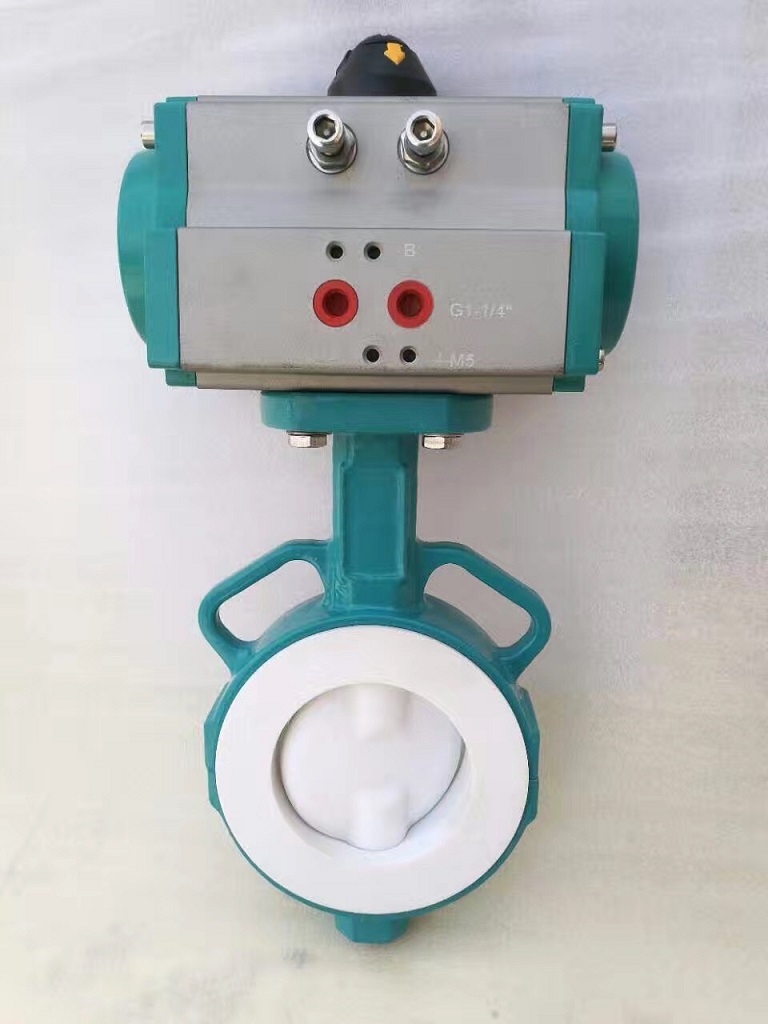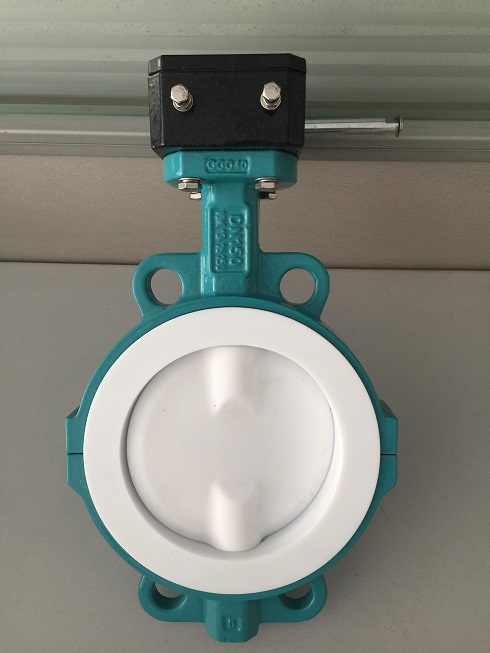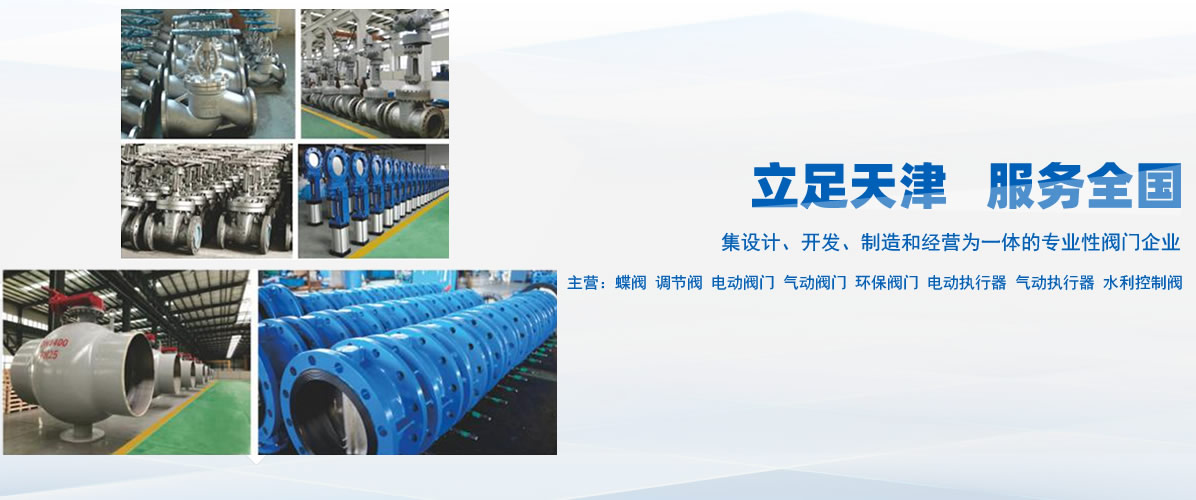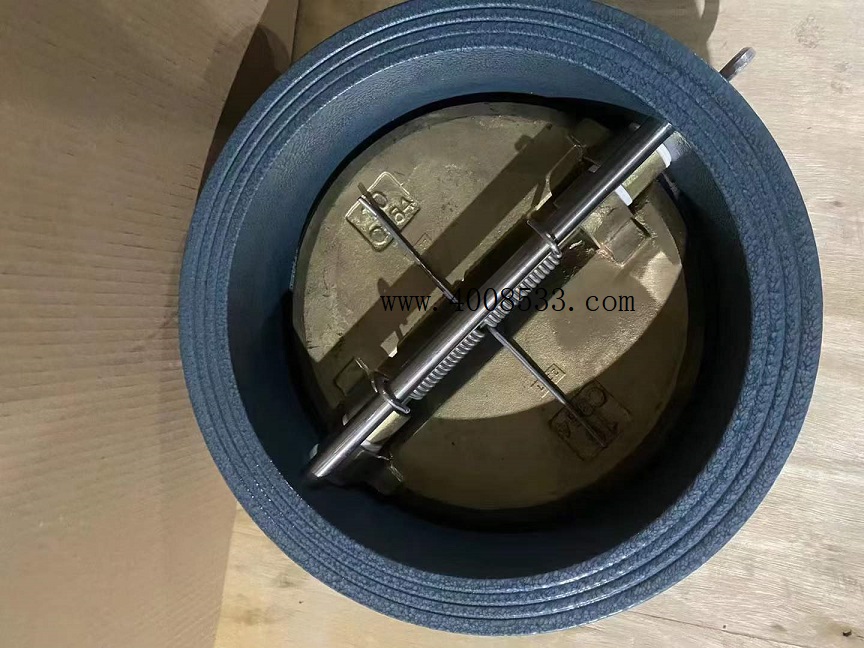RTV butterfly valve
RTV butterfly valve (usually referring to the special butterfly valve for RTO exhaust gas treatment system) is the core valve used for high-temperature exhaust gas treatment, with high temperature resistance, high sealing and corrosion resistance characteristics.

RTV butterfly valve information:
1、 Core Features
High temperature resistance performance
The valve body is made of 304 stainless steel or carbon steel material, and the sealing surface is welded with hard alloy, which can withstand high temperatures of 650 ℃~1150 ℃ for a long time. The three eccentric structure design reduces the impact of thermal deformation and ensures zero leakage at high temperatures.
Sealing technology
Metal hard seal: The valve plate and valve seat are in inclined contact, and the sealing is enhanced by pressure difference, suitable for high-pressure environments.
Soft sealing assistance: Some models are equipped with EPDM rubber sealing rings to enhance the sealing effect under low pressure conditions.
Drive mode
Supports pneumatic (fast response), electric (remote control), and manual operation. Pneumatic models (such as D671X series) are suitable for frequent opening and closing scenarios.
2、 Typical application scenarios
Key requirements for applicable models in the field
Chemical RTO triple eccentric metal seal valve is corrosion-resistant and high-temperature resistant
Metallurgical flue gas worm gear transmission hard sealed butterfly valve is wear-resistant and has a long service life
Environmentally friendly dust removal soft sealed butterfly valve with low-pressure sealing and high cost-effectiveness
3、 Selection suggestions
High temperature corrosive medium: Priority should be given to using fluorine lined materials (such as PTFE lining) or high-temperature alloy sealing surfaces.
Budget limited: Consider carbon steel valve body+manual turbine drive model (such as DN100, approximately ¥ 300-500).
Maintenance convenience: Choose a detachable valve body structure for easy replacement of seals.
4、 Precautions
Before installation, it is necessary to confirm that the medium temperature matches the rated temperature of the valve to avoid leakage caused by thermal deformation.
Regularly check the wear of the sealing surface, especially in scenarios involving media containing particulate matter.
For specific model parameters, please refer to the technical manual provided by the manufacturer.

选型建议














